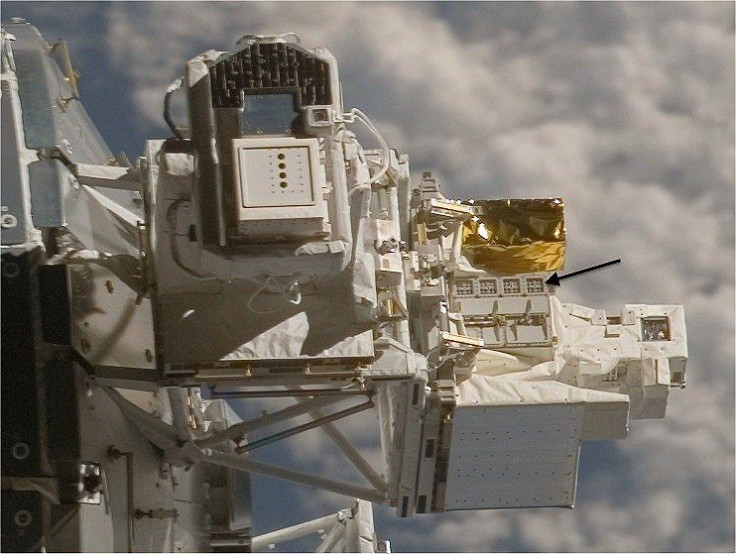Hardy Little Micro-Organisms From Earth Could Hitch A Ride On A Spacecraft To Colonize Mars

While horror movies often portray humans who fear invaders from Mars, scientists are examining what can happen when microorganisms from Earth hitch a ride on a spacecraft to Mars.
The microorganisms that can board a spacecraft and have the potential to contaminate other planets make it difficult for scientists to determine whether a life form previously existed there or was simply introduced by explorers. Three recent scientific papers, published in the journal Astrobiology, examined the risks of interplanetary exchange of organisms using research from the International Space Station.
Currently, a spacecraft landing on Mars or other planets where life might exist must meet requirements for a maximum allowable level of microbial life. And those acceptable levels were based on studies of how various life forms survive exposure to the rigors associated with space travel.
“If you are able to reduce the numbers to acceptable levels, a proxy for cleanliness, the assumption is that the life forms will not survive under harsh space conditions,” Kasthuri J. Venkateswaran, a researcher at NASA's Jet Propulsion Laboratory and a co-author on all three papers, said in a statement.
However, that assumption may not hold up, as recent research has shown that some microbes are hardier than expected, and may use various protective mechanisms to survive interplanetary flights.
According to scientists, spore-forming bacteria, such as Bacillus pumilus SAFR-032, are of particular concern because spores can withstand certain sterilization procedures and may be able to survive the harsh environments of outer space or planetary surfaces.
As part of the research, scientists exposed Bacillus pumilus SAFR-032 to a simulated Mars environment that kills standard spores in 30 seconds. But the hardy organism survived for 30 minutes.
In another recent experiments, spores were exposed for 18 months on the European Technology Exposure Facility, or EuTEF, a test facility mounted outside the space station.
“After testing exposure to the simulated Mars environment, we wanted to see what would happen in real space, and EuTEF gave us the chance,” Venkateswaran said. “To our surprise, some of the spores survived for 18 months.”
In another investigation, spores of Bacillus pumilus SAFR-032 and another spore-forming bacteria called Bacillus subtilis-168 were dried on pieces of spacecraft-quality aluminum and subjected for a year and a half to the extraterrestrial solar radiation and temperature fluctuations on EuTEF. The samples also were subjected to a simulated Martian atmosphere using EuTEF.
Scientists found that most of the organisms exposed to solar UV radiation in space and in the Mars spectrum were killed, but when UV rays were filtered out and samples were kept in the dark, about 50 percent or more of the organisms survived.
According to scientists, the findings suggest that spores could survive a trip on a spacecraft to Mars if they are sheltered against solar radiation.
“Future exploration missions can use the results of these investigations to help find ways to minimize the risk of contaminating another planet,” NASA said in a statement. “The findings also will help prevent scientists from incorrectly identifying an organism that hitchhiked on the exploring spacecraft as a native of the planet, when in fact it’s an invader.”
© Copyright IBTimes 2025. All rights reserved.






















